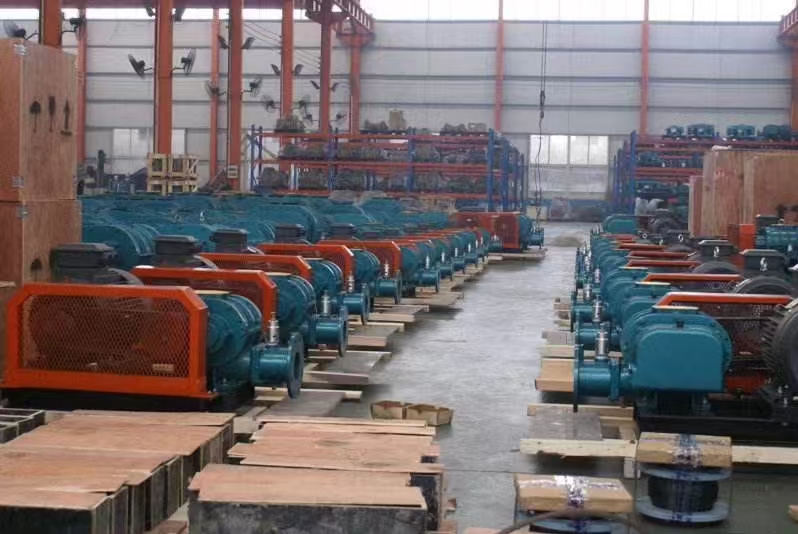close
Choose Your Site
Global
Social Media












Content Menu
>> What is the primary function of a Roots blower?
>> How does a Roots blower differ from other types of blowers?
>> What industries commonly use Roots blowers?
>> How can I maintain a Roots blower?
>> What are the advantages of using a Roots blower?
The primary function of a Roots blower is to move air or gas by trapping a fixed volume and forcing it into a discharge pipe, providing a continuous flow of gas.
Roots blowers operate on the principle of positive displacement, while other blowers, such as centrifugal blowers, rely on kinetic energy to move air. This makes Roots blowers more suitable for applications requiring high pressure and low flow rates.
Roots blowers are commonly used in wastewater treatment, pneumatic conveying, aquaculture, food processing, chemical processing, and pharmaceuticals.
Regular inspections, proper lubrication, and cleaning are essential for maintaining a Roots blower. Checking for wear and tear and ensuring the blower is free from dust and debris can help extend its lifespan.
The advantages of using a Roots blower include high efficiency, reliability, durability, and versatility across various industrial applications.

